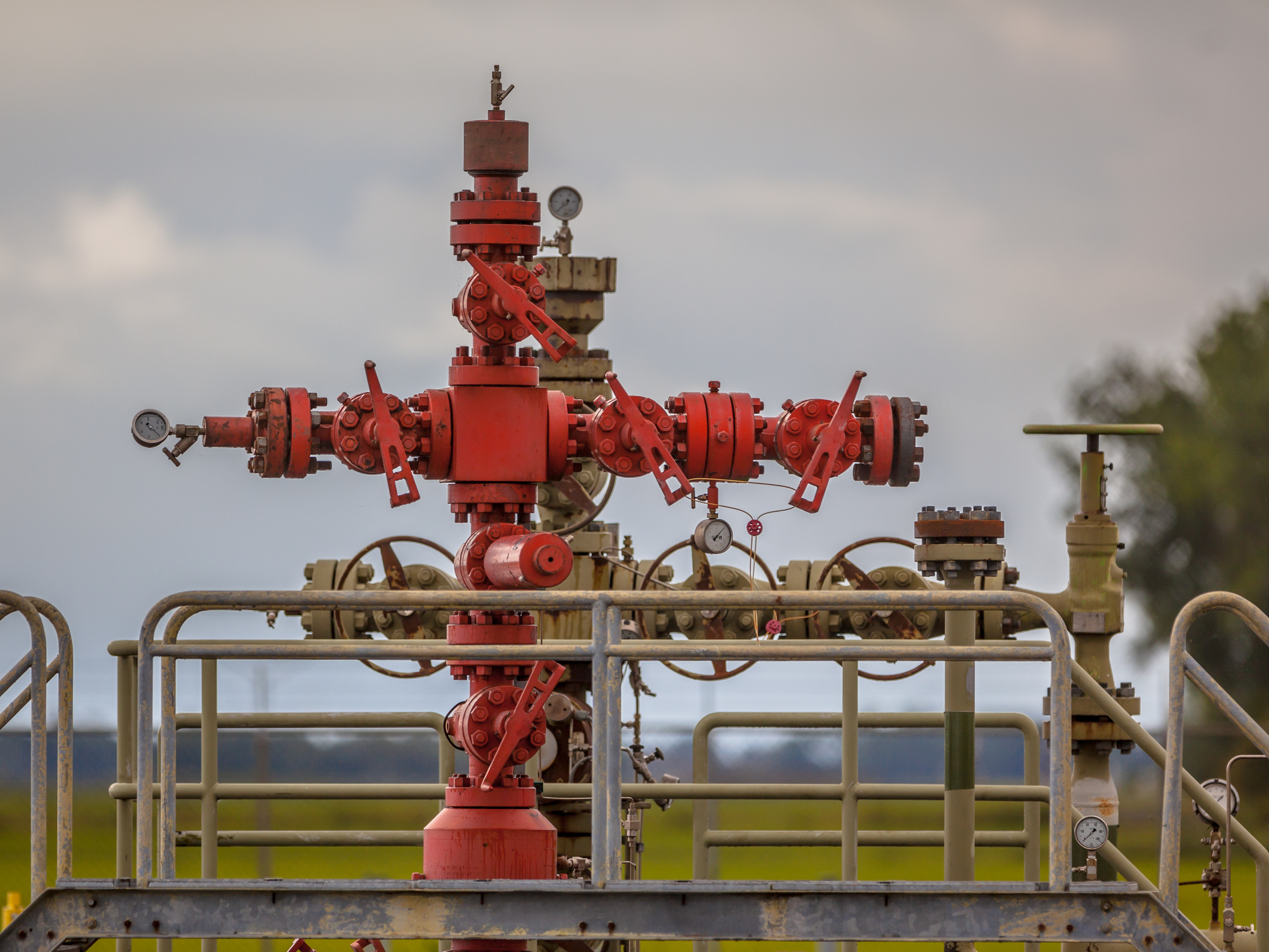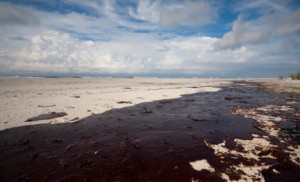
In an effort to reduce seismic activity, the Netherlands recently limited natural gas production.
Less than two weeks after a forceful earthquake rocked central Italy and tragically ended nearly 300 lives, another earthquake, which registered 5.6 on the Richter scale, rumbled through Oklahoma. Unlike the natural disaster in Italy, however, many scientists and government officials agree that the seismic activity in Oklahoma was manmade.
Research over the past several decades has increasingly linked oil and natural gas extraction, major industries in Oklahoma, with an uptick in seismic activity. In reaction to the earthquake, Oklahoma officials shuttered nearby oil and gas disposal wells, which shift the briny byproducts of extraction deep below the Earth’s surface. As Oklahoma regulators consider next steps, recent policy decisions by the Netherlands, another major natural gas producer facing similar seismic challenges, may prove instructive.
The Netherlands, which is only about twice the size of New Jersey, also holds more than half of all natural gas reserves within the European Union (EU). Located in the nation’s northeast corner, the vast Groningen gas field contains the majority of Dutch natural gas; Groningen is the largest gas field in the EU.
Similar to Oklahoma’s experience, as drilling and natural gas extraction in Groningen ramped up over the past several decades, earthquakes began to rattle the neighboring towns with increasing frequency. More than one thousand minor earthquakes have shaken the region in the past quarter century, damaging homes, schools, and other infrastructure. Some seismic activity has been stronger: A 2012 earthquake in Huizinge village registered 3.6 on the Richter scale. As public outcry mounted, Dutch regulators began taking interim steps to study and stem the earthquakes. The results of a comprehensive seismic safety study were published in 2015, which formally linked the seismic activity to gas extraction. But the most significant regulatory development occurred in June 2016 when Dutch officials proposed a production cap for the Groningen gas field until at least 2021.
In the Netherlands, the Ministry of Economic Affairs (the Ministry) also manages energy and mining regulation. The Ministry was forced to rewrite its Groningen policies after the nation’s highest administrative court determined the existing rules insufficiently accounted for earthquake risk. Therefore, in June, Henk Kamp, the Minister of Economic Affairs, issued proposed new policies governing Groningen natural gas extraction, including a production ceiling of 24 billion cubic meters (CM) per year as well as other safety measures. The new rules should be formally adopted by the beginning of October.
With the lower production limit, the Ministry aims to improve safety and reduce the risk of property damage, Kamp explained. The Dutch State Supervision of Mines found that volume and rate of natural gas extraction from the Groningen gas field impact seismic activity in the region. Thus, the new rules also include extraction rate requirements of not more than two billion CM per month.
The new regulations will likely reduce earthquakes, but also will mean a significant revenue drop for Nederlandse Aardolie Maatschappij (NAM), the company that operates the Groningen field. International energy giants ExxonMobil and Royal Dutch Shell co-own NAM, and the Dutch government also holds an ownership stake. The forthcoming quota equates to a reduction of Groningen natural gas output of 44 percent in about two years. The government expects the lower production will cost the country about 1.6 billion Euros annually, according to Jeroen Dijsselbloem, the Finance Minister. Perhaps unsurprisingly, NAM had suggested a higher —but still vastly reduced relative to historic output—extraction threshold of 27 billion CM.
In developing the new output levels, Kamp explained that Ministry officials sought to balance safety against security of the natural gas supply. Dutch natural gas is piped to France, Germany and Belgium, and the Ministry had to consider export contracts when setting the 24 billion CM limit. EU members have become increasingly concerned about natural gas imports from Russia, making Dutch output levels a matter of international interest. The Netherlands also relies on natural gas to heat the homes of many of its own citizens. The new rules do permit an extra six billion CM of natural gas extraction from Groningen field if the country experiences a colder than average winter.
In addition to the new production and rate limits, the Ministry proposed several other measures to address the impact of seismic activity in the Groningen area. NAM must review the distribution of natural gas production at Groningen field. This will take time; Groningen spans about 350 square miles, an area larger than all of New York City. The Ministry had previously limited production in one section of the field, Loppersum, in response to particularly concentrated seismic activity. During the first five months of 2016, no earthquake above 1.0 on the Richter scale impacted Loppersum, demonstrating the “positive effect” of the government-imposed limit, according to Kamp.
The homes and buildings in the Groningen region require inspection, and, if needed, strengthening, according to the Ministry. The new rules task NAM with preparing new region-level risk analysis, which will help pinpoint the areas in most urgent need of building inspection and reinforcement.
Although the new production limit and safety programs represent a significant shift for Groningen, the Ministry took care to build a review process into the regulations. The rules include an evaluation after two years and must be reissued in 2021.


